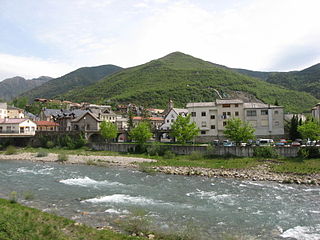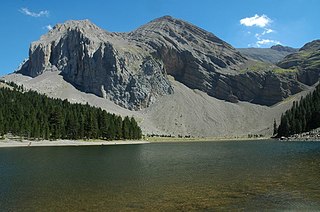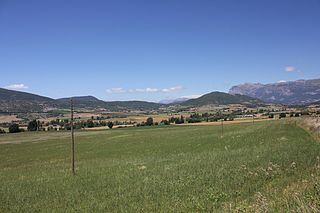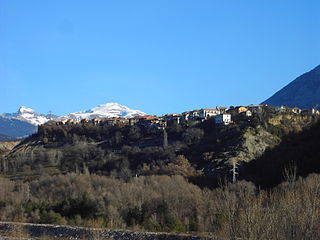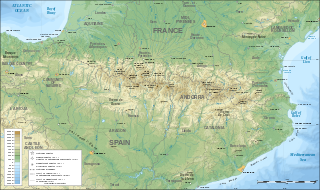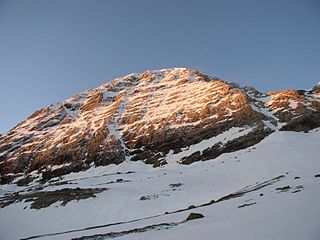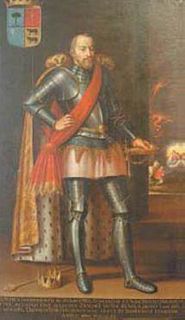| Peña Montañesa | |
|---|---|
 | |
| Highest point | |
| Elevation | 2,295 m (7,530 ft) |
| Listing | List of mountains in Aragon |
| Coordinates | 42°31′14″N00°13′55″E / 42.52056°N 0.23194°E Coordinates: 42°31′14″N00°13′55″E / 42.52056°N 0.23194°E |
| Geography | |
| Location | Sobrarbe (Aragon) |
| Parent range | Sierra Ferrera |
| Geology | |
| Mountain type | Conglomerate |
| Climbing | |
| Easiest route | From Pueyo de Araguás |

The Peña Montañesa (Aragonese : Penya Montanyesa) is a conspicuous rocky mountainous outcrop of the Pre-Pyrenees. It is located east of the valley of the Cinca, in the Sobrarbe comarca, Aragon, Spain. [1] The ridge's highest summit is 2295 m high. The village of Laspuña is located at the feet of the mountain.

Aragonese is a Romance language spoken in several dialects by 10,000 to 30,000 people in the Pyrenees valleys of Aragon, Spain, primarily in the comarcas of Somontano de Barbastro, Jacetania, Alto Gállego, Sobrarbe, and Ribagorza/Ribagorça. It is the only modern language which survived from medieval Navarro-Aragonese in a form distinctly different from Spanish.

The Pre-Pyrenees are the foothills of the Pyrenees.

The Cinca is a river in Aragon, Spain. Its source is in the Circo de Pineta, in the Ordesa y Monte Perdido National Park, in the Aragonese Pyrenees. It is a tributary to the Segre River, with its confluence at La Granja d'Escarp, not far from the point where the Segre flows into the Ebro River. The Cinca River flows through a rich agricultural region.
Contents
The summits on the mountain offer excellent views of some of the main peaks of the Pyrenees in the north.

The Pyrenees is a range of mountains in southwest Europe that forms a natural border between Spain and France. Reaching a height of 3,404 metres (11,168 ft) altitude at the peak of Aneto, the range separates the Iberian Peninsula from the rest of continental Europe, and extends for about 491 km (305 mi) from the Bay of Biscay to the Mediterranean Sea.
The Peña Montañesa was one of the strongholds of Spanish Republican resistance against invading troops supporting General Franco during the Bolsa de Bielsa episode. [2]

The Spanish Republican Army was the main branch of the Armed Forces of the Second Spanish Republic between 1931 and 1939.
The ruins of the Real Monasterio de San Victorián are located in El Pueyo de Araguás, at the foot of the Peña Montañesa.

Real Monasterio de San Victorián is a monastery at the feet of Peña Montañesa, Sobrarbe, Aragon, Spain. It was established in the 11th century.

El Pueyo de Araguás is a municipality located in the province of Huesca, Aragon, Spain. According to the 2004 census (INE), the municipality has a population of 151 inhabitants.

